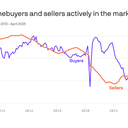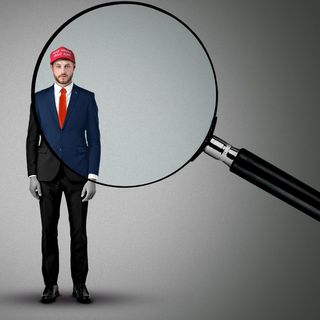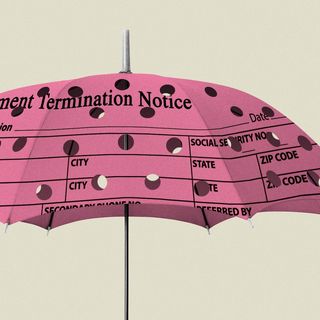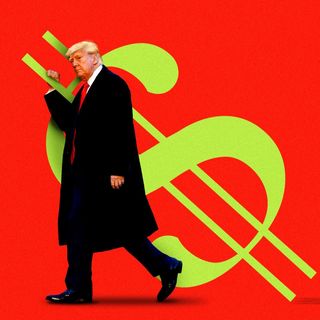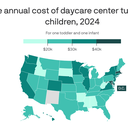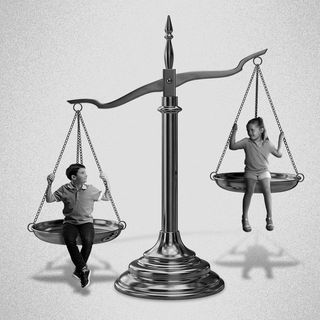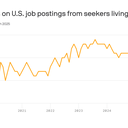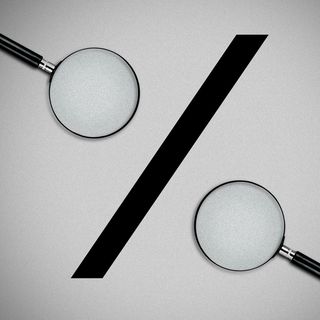It's a homebuyer's market — if you can afford one
It's a buyer's market in real estate — if you can afford it: There are nearly 500,000 more home sellers than buyers in the U.S. housing market, Redfin estimates.
Why it matters: That's the widest gap on record — and a big reversal from just a few years ago, when home buyers were desperate to find a place to live, sending prices into the stratosphere.
By the numbers: There are 33.7% more sellers than buyers now. At no other point since Redfin began tracking in 2013 have sellers outnumbered buyers by this large a percentage.
- A year ago, sellers outnumbered buyers by just 6.5%, and two years ago, buyers outnumbered sellers.
- Redfin counted sellers as the number of active listings in a given area and created a model to estimate the number of buyers.
Where it stands: The one-two punch of still-high home prices and high mortgage rates is making it hard for buyers, especially first-timers, to find a place they can afford.
- Add to that, the extreme economic uncertainty of 2025. Tariff news, layoff fears and, for many federal workers, layoff realities, are tamping down buyer demand.
The other side: For home sellers "the mortgage rate lock-in effect is easing," per Redfin. "For most people, it's not realistic to stay put forever; job changes, return to office mandates and divorce force people to move."
- Higher mortgage rates are also becoming normalized. "The idea of taking on a higher mortgage rate also isn't as shocking as it was when rates first skyrocketed in 2022."
Between the lines: Buying a home is still far out of reach for most Americans, as the National Association for Realtors pointed out in a recent report.
- The median price of a home sold in the U.S. in the first three months of this year was $417,000, per federal data — 33% more than it was during the same period in 2019, before the housing market went haywire, outpacing inflation and incomes.
What to watch: Historically, when sellers outnumber buyers, prices drop. And in some markets, prices have already started falling.
- Home prices fell in 11 of the top 50 most populous U.S. metro areas in the four weeks ended April 20, per Redfin. That includes Austin; Oakland, California; and Tampa, Fla.
- Redfin believes prices will dip 1% by the end of the year (not exactly a huge sale, to be sure).
The bottom line: "The balance of power in the U.S. housing market has shifted toward buyers, but a lot of sellers have yet to see or accept the writing on the wall," said Redfin senior economist Asad Khan in the report.


